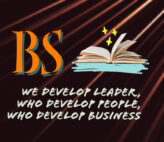Human Resource Life Cycle
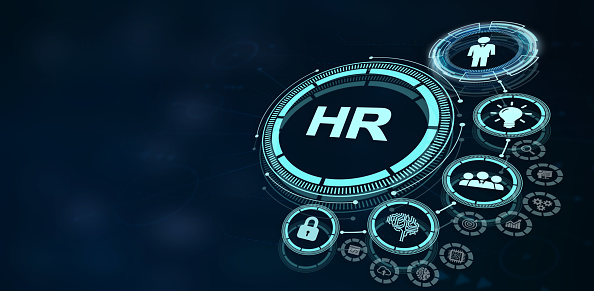
HR life Cycle
FIRST, WE WILL KNOW ABOUT HR?
“Human Resource is a department who manages the man power within an organization. Where, He or She is the responsible for all the policies, rules and regulation obtained within organization. He or She manages all the employees from top to bottom.”
HR Life Cycle
HR Life Cycle is a journey which starts from getting an employee into an organization till the employee who gets relieved from the organization. The whole process will be handled by the HR department.

LET’S HAVE A LOOK ON HIRING
Hiring is said to be, fetching and evaluating a qualified employee for a specific role for a business.
Hiring can be said to be as Organization Entry, Here Organization Entry level starts from Recruitment and ends with the orientation program.
Let us Have a Deep Look towards it,
Organization entry path,

HOW RECRUITMENT PROCESS GOES ON:
It involves setting up a system for attracting qualifies candidate in order to fill the job opening in a right way.
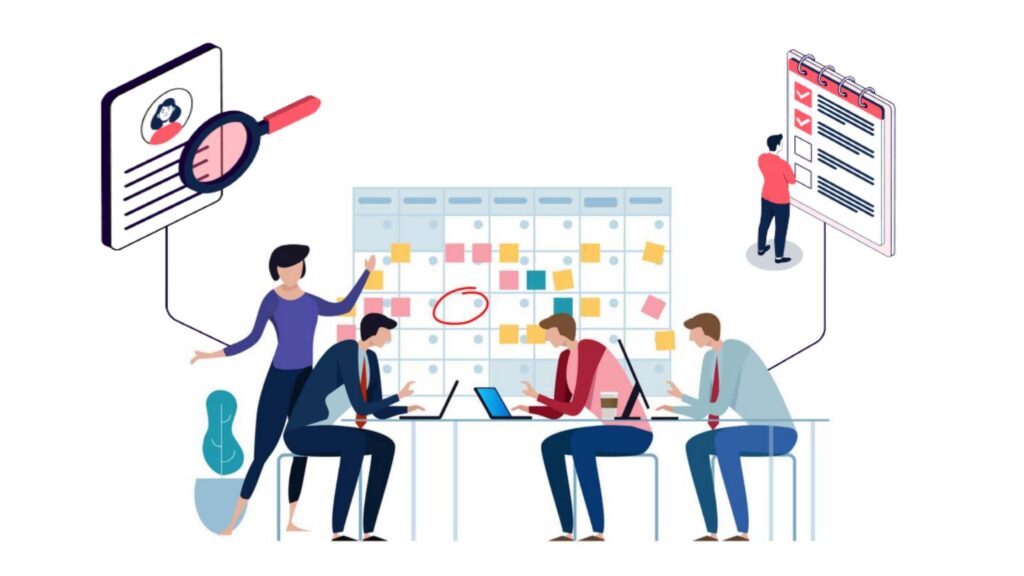
RECRUITMENT SCHEDULE: It shows effective dorm of program of activities and timelines for making recruitment more effective, this activity in performed by the Recruiting Department, which is one of the divisions of Human Resource Management.
“We can perform recruitment through two different sources, one is through internal source and another is external source of recruitment”
For internal source we go with,
· Departmental notice board
· Employee Referral
· Transfer / promotion
For externally we go with,
· Newspaper
· Magazines
· Journals &Recruitment consultant.
SELECTING A RIGHT CANDIDATE:
It is the second stage which stands at the end of recruitment. It involves identifying right candidates who meets out the requirements through a battery of test and purposeful interview, then picking up the right one to fill the opening.
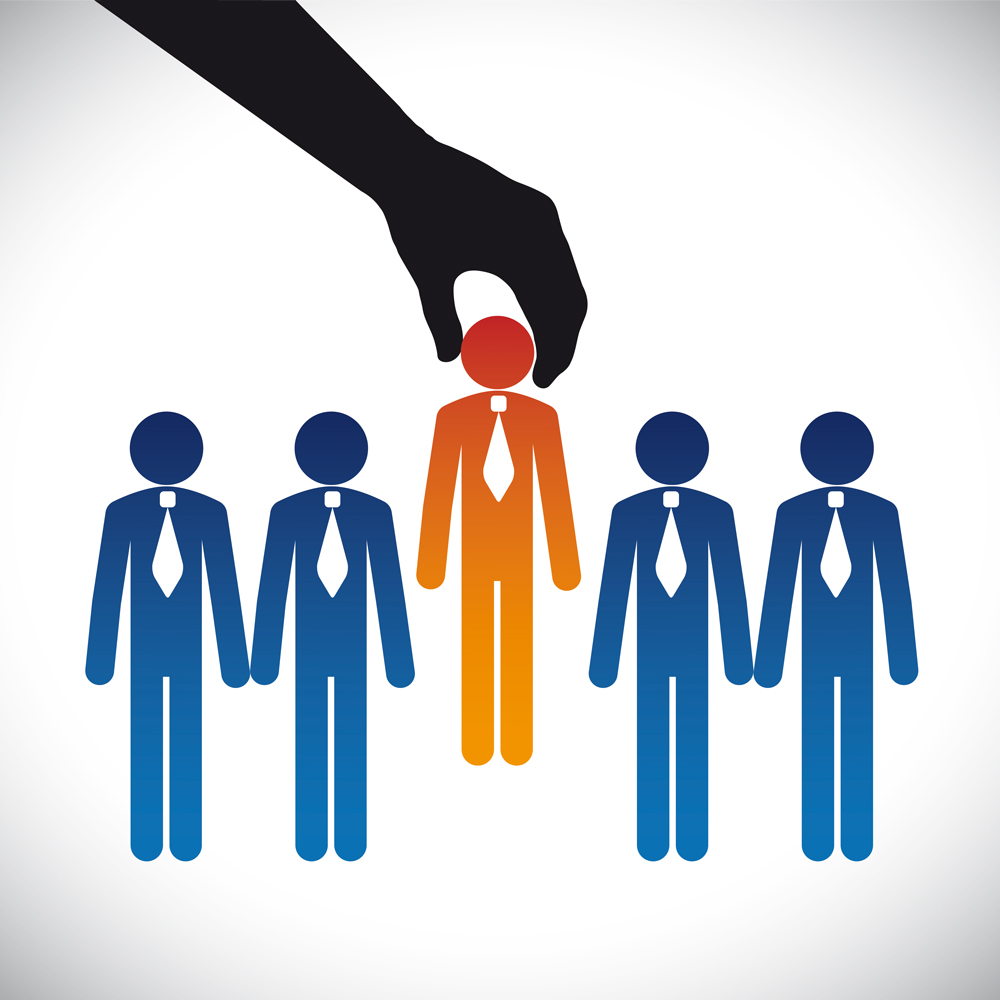
SELECTION PROCESS:

Ø Aptitude test
Ø Trainability test
Ø Intelligence
Ø Personality test
TYPES OF INTERVIEWS
Ø Individual interview
Ø Panel interview
Ø Selection boards

PLACEMENT:
This involves specific positioning of new employee on a defined job role after he or she must have accepted the offer of employment & endorsed the statement of approval towards job description which highlights key performance areas.
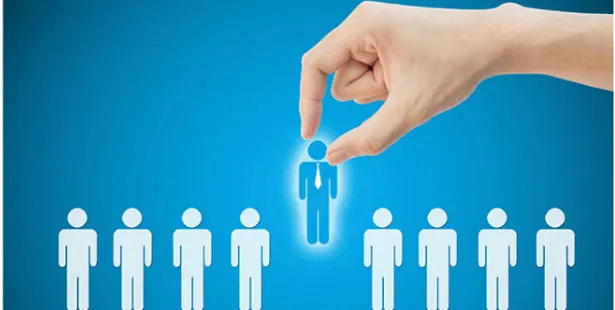
ONBOARDING:
the onboarding is a process of introducing newly hired candidates into an organization and making them engaged and also helping employees to know their position and job requirements.
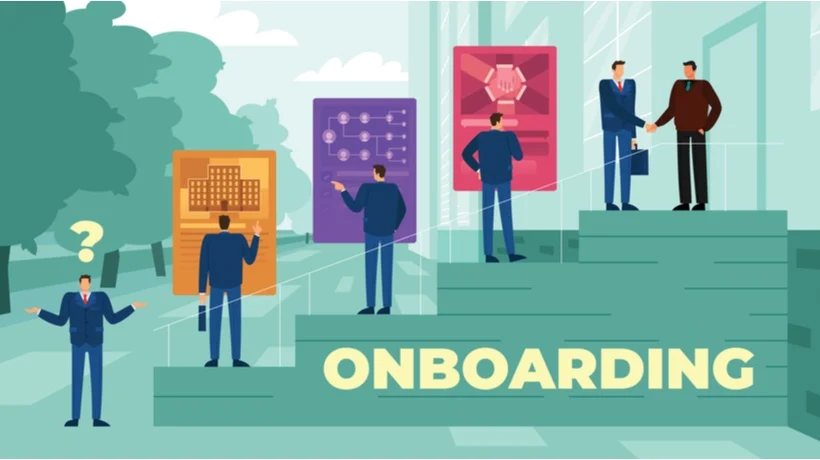
ONBORDING will be represented in different meaning by different peoples,
Ø A recruiter might say it as “it is the process of hiring new employees”
Ø A HR Coordinator says it as “IT’s New employee Orientation”
Ø A trainer might say it as a “It ‘s new hire training”
Ø An Operation Manager Might Says it as a “it getting new hire to perform at a high level.”
ONBOARDING has various stages, let us discuss it deeply,
Stage 1: Pre-hire: Pre-hire stage is all about preparation, it is the time gap between job acceptance and the first day.
Stage 2: First Day: Every employee feels that their first day should be engaged.
Stage 3: New Hire Orientation: At this stage, an employee learns more about the company, the culture and policies.
stage 4: New Hiring Training: Effective Orientation & training can keep new employees engaged & help them quickly learn about their jobs.
Stage 5: Performance Stage: at this stage an employee grows up as a meaningful contributor to the organization.
LET’S HAVE A LOOK ON ORIENTATION PROGRAMME:
It is a social function which serves as a familiarization programme provided to new employees. It is a structured training program. Through which we can get to know about the company.

Topics covered in orientation programs are
Ø Overview of the organization
Ø Employee & union
Ø Organization chart and company facilities
Ø Policies, Procedures, Rules & Regulations
Ø Health, safety & environment
Content on Overview Kit:
Ø Policy & procedures handbook
Ø Copy of organization chart
Ø Health, safety & environment manual.
LET’S HAVE A DEATILED LOOK ON INDUCTION:
This is a structured training program aimed at focusing key knowledge, skill & abilities into a new employee, to sharpen and fine – them for effective positioning.
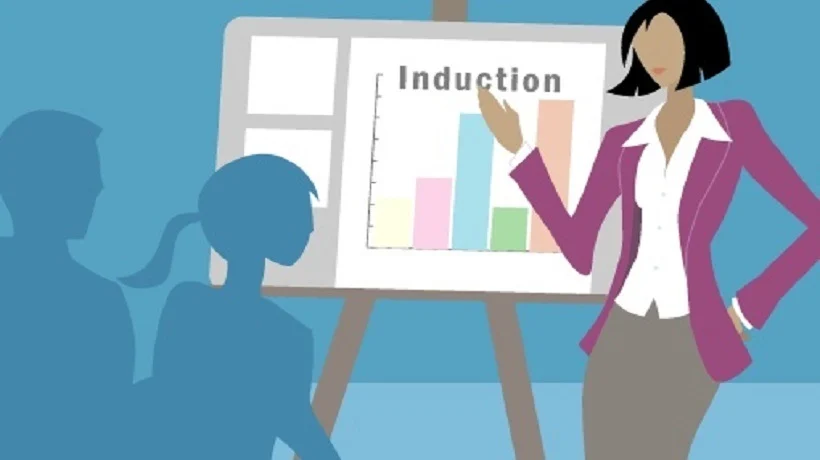
INDUCTION COURCE CONTAINS:
Ø Performance Management
Ø Relationship Management
Ø Effective Communication.
EMPLOYEE ENGAGEMENT:
Which is said to be how an employee making himself passionate about his job and he gets committed to his role, and more over putting his full-fledged effort in his work.
An employee should be engaged Physically, Mentally and Cognitively towards his work.
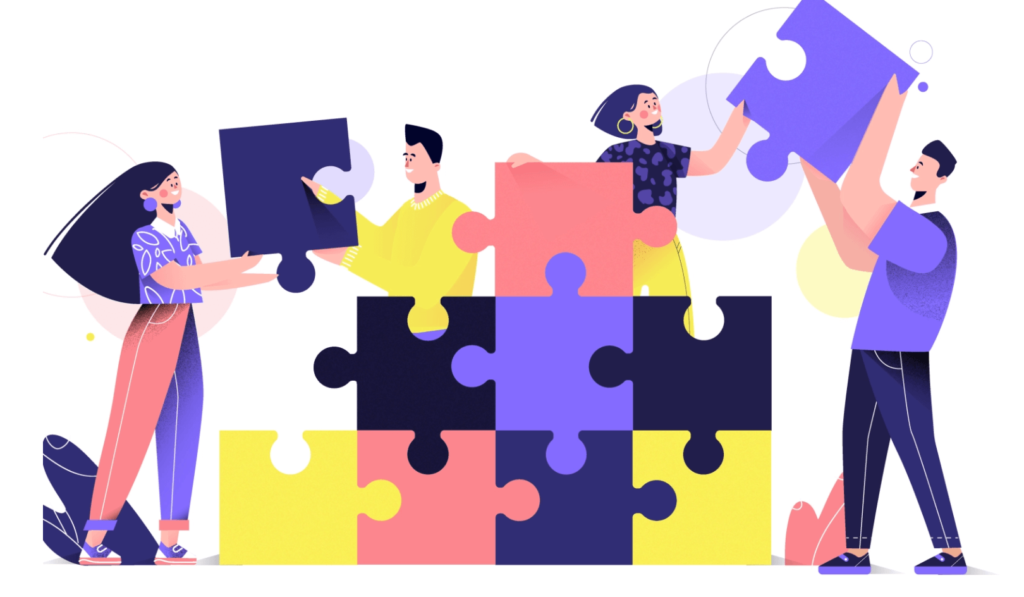
Physical engagement: it is based on the amount of energy given by the employee towards his job.
Mentally engagement: it is based on how an employee is passionate on his work and presenting his best towards his role for the growth of an organization.
Cognitive engagement: it is considered as an attention where he / she given to their work.
In order to make the employee engagement stronger, we can go with,
Inclusion: Encouraging all the employees to speak up, making them to com forwards with any fear, making them comfortable at their position
Communication: having regular one- on – one communication will make them free to share their ides when ever needed.
Connection: having a meaningful connections and relationships, building a rapport across your teams and leads.
Surveys: Having a Feedback collection from the employee will make us to know how the employee’s feels their job pressure and their teammates, lead etc.,
RECOGNIZING & REWARDING YOUR WORKERS
I. The art of recognition & rewards:
While developing a leadership style well, your value will be an inspiring leader.
II. Measuring the impact of Recognitions & Rewards:
Most of the workers quit because of a lack of recognition from their manager.
Where is the disconnect happens: that is the impact of measuring recognition & rewards on your workers performance.
Measurement= amount spend on rewards/ number of employees= average reward cost.
III. The science of recognition and rewards:
Optimizing recognition in meeting to maximize Performance:
This motivation science has 3 important goals for you as a leader:
Optimize autonomy: the resource can increase the motivation only up to a point, too much of recognition may cause disorganization. Some employee needs more recognition than others when they tackling new challengers.
Balance resource: Vacations days, health car3e, hike will motivate, but only up to a point.
Increase mastery: mastery always require feedback from employee from their work.

IV. Avoiding recognition & rewards that Backfire:
Ø Demotivating, when partially occurs.
Ø Rewards that undermine interest
Ø Look for confusing recognition & Appreciation.
Ø Always appreciation will be a recognition but a recognition is not an appreciation.
Ø The recognition shows how much you value them for positive outcomes
V. Matching goals to recognition & rewards
1. Rewarding & recognition despite failure
2. Timing recognition & rewards for maximum impact
3. Recognizing & rewarding when times are tough
4. Considering culture differences in recognition & rewards
EXIT FROM AN ORGANIZATION:
Exit involves structuring & effecting a system for identifying, analysing & controlling exit of a worker from an organization.

Components of Exit Program:
Ø Interview: Through this the employee can express their opinions & offer Suggestions for Improvement
Ø Counselling
Ø Critical Observation
Ø Exit Analysis: Studying why the employee are leaving, & what the Organization Could Leave done better to retain them.
